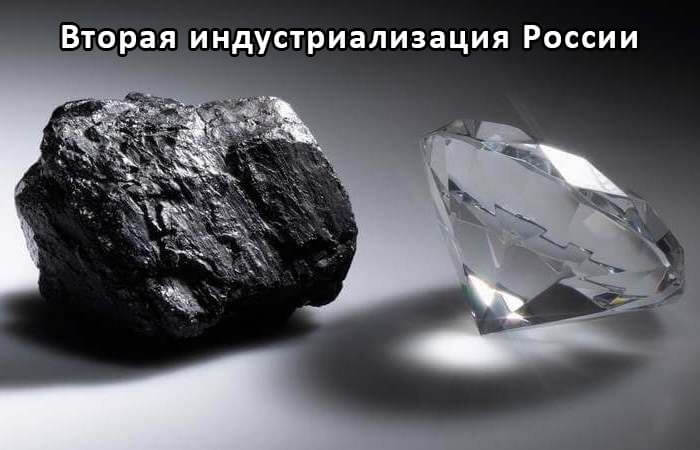Diamond-like coatings. Properties of diamond and graphite.

Diamond-like coatings.
Diamond-like coatings are composed of atoms of carbon, like diamond-like and graphite-like bonds, which significantly increases the service life of products with such coatings. These amorphous carbon coatings have the hardness of diamond and a coefficient of friction of graphite. The life of the product which caused the coating increases from 5 to 20 times.
Description:
By itself the carbon in nature can be in several forms. The most common terms of technical application at present two of them: graphite and diamond. Based on the differences between these two forms lie in different chemical bonds between carbon atoms. In graphite the atoms have a strong bond in the plane and weak bonds between planes. The result is a soft, conductive, transparent, gray material with a low coefficient of friction. In diamond, all carbon atoms have strong bonds in all directions. Therefore, a diamond is the material with the highest hardness, electrical insulating, transparent.
Diamond-like coatings are composed of atoms of carbon, like diamond-like and graphite-like bonds, which significantly increases the service life of products with such coatings. These amorphous carbon coatings possess hardness of diamond and a coefficient of friction of graphite.
Technology of applying diamond-like coatings (or in English the acronym DLC means Diamond Like Coating) is reduced to the plasma pulse sputtering of graphite in a vacuum chamber and the deposition (or, in the English acronym, PVD abbreviated from the English words ‘ physical vacuum deposition) of carbon ions with sufficiently high energy product, for example metal cutting tools. As a result of such deposition of the carbon formed amorphous coating, consisting of atoms of carbon as diamond and graphite-like bonds. These amorphous coatings can be obtained in a wide range of temperatures up to room on different materials: metals, ceramics, glass, and plastic materials.
Properties and benefits:
The high contents of atoms of carbon with diamond bonds in the presence of graphite-like relations, leads to the unique characteristics of diamond-like coatings, such as:
– high hardness comparable to pure diamond (5000-10000 Hv),
– low coefficient of friction characteristic of graphite (0,15–0,08),
– high durability,
– chemical inertness,
– biocompatibility with living tissues,
– transparency in the infrared range of the spectrum
– environmental friendliness,
The data properties of the coatings have been proven in many branches of our industry, in particular metal – and woodworking for cutting tools with APT coatings on taps, mills, drills, gelatinoid knives, molds and stamps. The service life of products increases from 5 to 20 times especially when machining ductile metals, which are deposited DLC coating.
Thus from the entire array is now applied hard coatings diamond-like coatings have the highest microhardness and the lowest coefficient of friction. Microhardness of commonly used coatings is variable from 10 to 45 GPA, specific Vickers. At the same time for diamond-like coatings obtained by pulsed plasma spraying of graphite in vacuum and called DLC (tαC), the microhardness is in the range of values from 50 to 100 GPA and very close to pure diamond. According to this criterion, DLC coatings (tαC) is unique.
Application:
Diamond-like coatings are used in various fields, including:
– engineering:
– wear-resistant and antifriction coating parts with oil and gas industry
– wear-resistant coating and anti-friction thrust and radial-thrust bearings, gas-dynamic supports of gyroscopes,
– hardening of the measuring brackets and tubes, gauges, micrometers,
– hardening of the writing nodes of the plotters,
– hardening of the guides and other parts in the textile industry,
– hardening aluminum bases electricirons,
– hardening of cutting tools, including diamond,
– wear-resistant and anti-friction coating to the tappets and rockers, camshaft in automotive engines,
– use diamond-like coating instead of stones in the clockworks,
– wear-resistant and antifriction coating for parts of hydraulic systems,
– decorative and protective coating of watch cases,
– wear resistant coating blades, safety razors,
– wear-resistant coating of aluminum of calender rolls,
– medical:
– the hardening and sharpening of scalpels, blades dermatomes, atraumatic needles,
– wear-resistant and antithrombogenic coating for medical devices
– wear-resistant and antithrombogenic coating for artificial joints,
– decorative and protective coating rims of glasses.
– electronics:
– hardening of the drums and the video heads themselves, the formation of the working gap,
– hardening of the heads of inkjet printers coated with a high thermal conductivity,
– selenium and the protective coating drums copiers
– wear-resistant coating of the magnetic and magneto-optical disks,
– protective coating of beryllium window x-ray counter,
– a protective reflecting coating of laser reflectors and optical lenses
– wear resistant finish lapping for the manufacture of optical lenses
– creating media of the new class-based nanotechnology,
– dielectric thin-film heat sinks with high thermal conductivity,
– anti-diffusion barriers for microelectronics.



